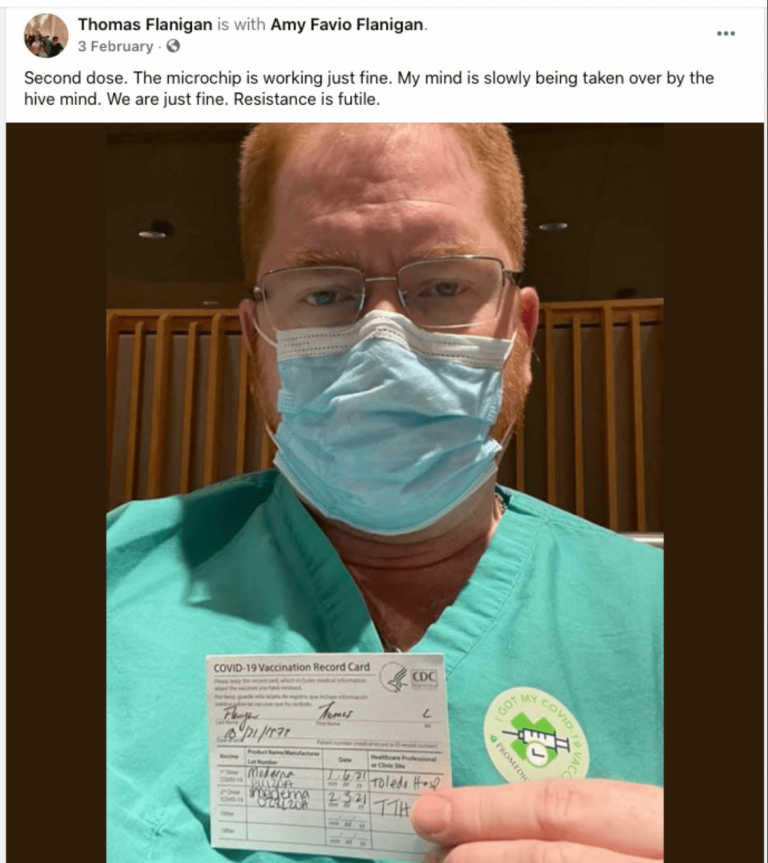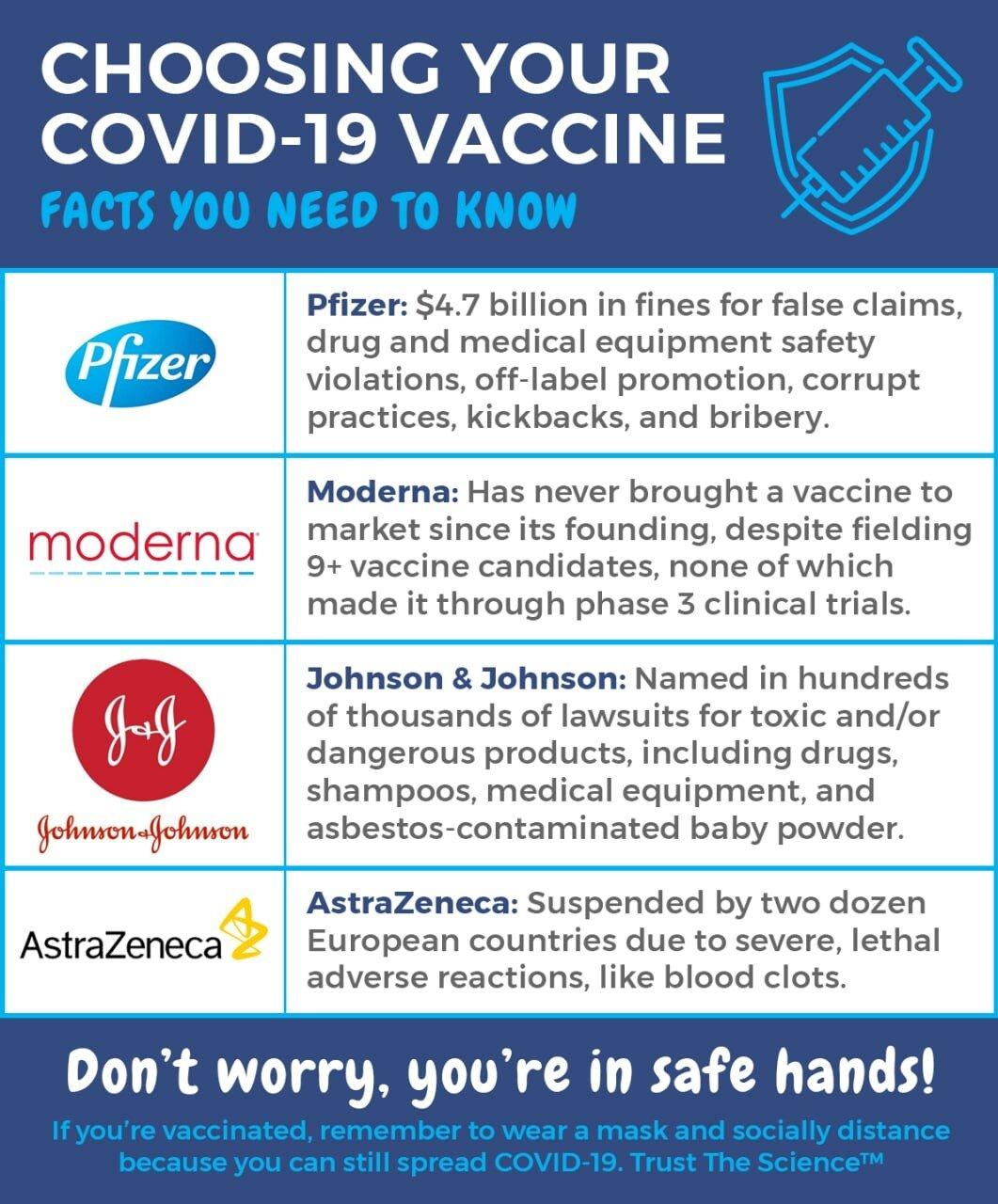all "tested" with the gold standard clinical trials, right?
Valdecoxib (Bextra)
Time on the market: 2001-2005
Valdecoxib is an NSAID that the FDA later determined worked no better than other NSAID pain medications on the market. The drug was recalled for adverse heart effects including death, heart attack, and stroke, as well as increased risk for serious skin reactions, such as epidermal necrolysis, erythema multiforme, and Stevens-Johnson syndrome. To boot, the drug had the potential to cause gastrointestinal bleeding. Yikes!
Pemoline (Cylert)
Time on the market: 1975-2010
This central nervous stimulant was used to treat ADD and ADHD. In 1999, the FDA added a boxed warning due to the drug’s potential to cause liver damage, which was later followed by a recall.
Bromfenac (Duract)
Time on the market: 1997-1998
This pain killer was effective in relieving pain, but it caused 4 deaths, 8 liver transplants, and 12 cases of severe liver damage in the year it was on the market. The drug was labeled to be taken for 10 days at most, but patients were often prescribed longer dosages. All cases of death and liver disease occurred in patients who took the drug for longer than 10 days.
Levamisole (Ergamisol)
Time on the market: 1989-2000
This drug was used to treat patients with worm infestation, rheumatoid arthritis, colon cancer, or breast cancers. It was recalled because it caused neutropenia, agranulocytosis, and thrombotic vasculopathy, leading to retiform purpura—a purple discoloration of the eye that requires surgery.
Of note, levamisole is still used in the United States to treat animals with worms. It is also cut into street cocaine to boost euphoria, which was definitely not its intended use.
Rofecoxib (Vioxx)
Time on the market: 1999-2004
This selective NSAID for arthritis infamously heightened the risks for heart attack and stroke, and was tied to nearly 28,000 heart attacks in the US population between 1999 and 2003. Researchers reported that the drug resulted in an estimated four heart attacks per 1,000 patients who took it. Its manufacturer, Merck, voluntarily pulled it from the market in 2004. In total, this drug was given to more than 20 million people.
Isotretinoin (Accutane)
Time on the market: 1982-2009
This acne medication was recalled due to its increased risk of birth defects, miscarriage, and premature deaths among pregnant women who used it, as well as suicidal ideation and inflammatory bowel disease. The drug's maker, Hoffman-La Roche, pulled Accutane from the US market in 2009. However, generic versions of isotretinoin remain available from various manufacturers. More than 7,000 lawsuits have been filed against Hoffman-La Roche with three verdicts thus far amounting to approximately $10 million each.
Sibutramine (Meridia)
Time on the market: 1997-2010
This appetite suppressant increased heart disease and stroke risk in those who took it. FDA reviewer Dr. David Graham called it “another Vioxx” during a Senate hearing in 2004.
Terfenadine (Seldane)
Time on the market: 1985-1998
This antihistamine was recalled due to fatal heart problems that manifested when taken with either erythromycin or ketoconazole. Although not designated an immediate threat, the drug was eventually pulled because its manufacturer Hoechst Marion Roussel (now Sanofi-Aventis) also sold fexofenadine (Allegra and Allegra-D), which was deemed to be a much safer alternative by the FDA.
Troglitazone (Rezulin)
Time on the market: 1997-2000
Treatment with this antidiabetic and anti-inflammatory drug resulted in 90 cases of liver failure and at least 63 deaths. It also resulted in 35,000 lawsuits against its maker, Parke-Davis/Warner Lambert (now Pfizer).
Efalizumab (Raptiva)
Years on the market: 2003-2009
This biologic was used to treat psoriasis, but was later recalled when it was found to cause progressive multifocal leukoencephalopathy—a rare and lethal disease that results in inflammation and damage of the white matter of the brain and central nervous system.





